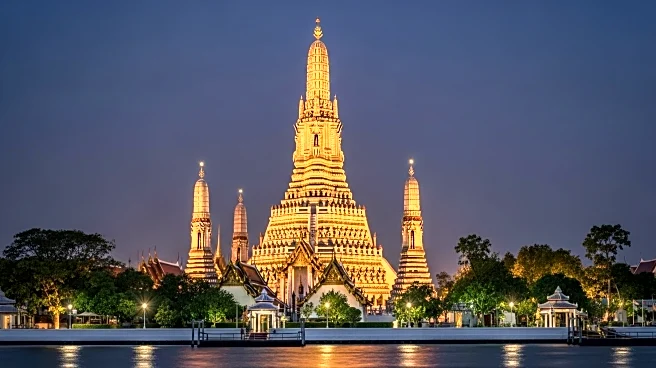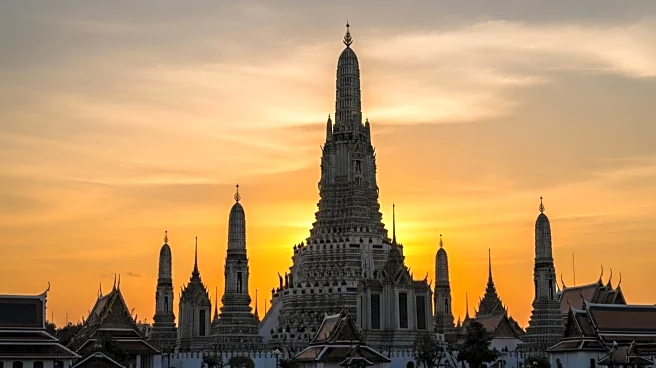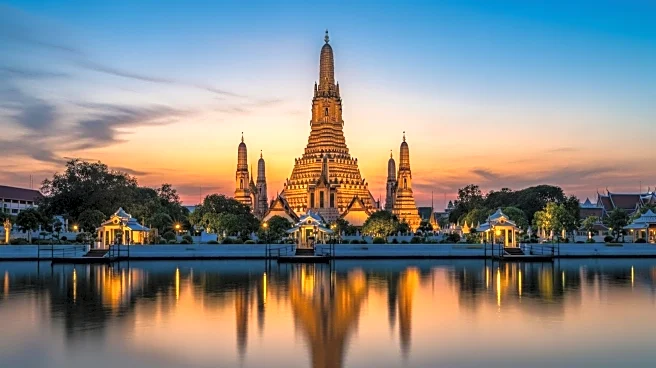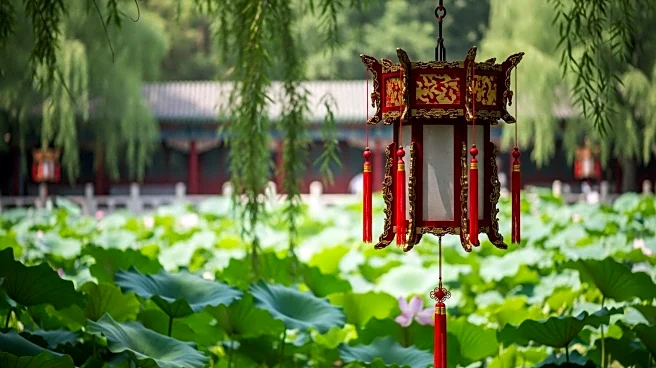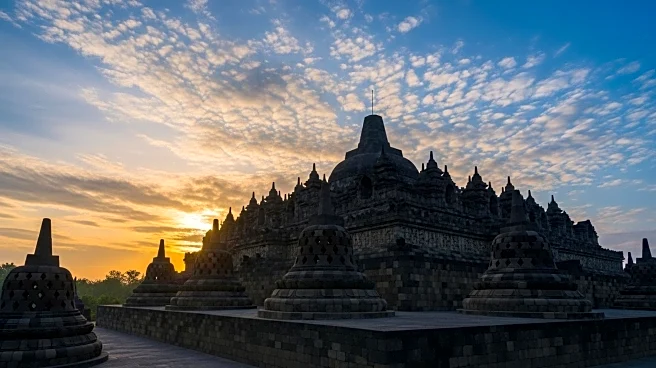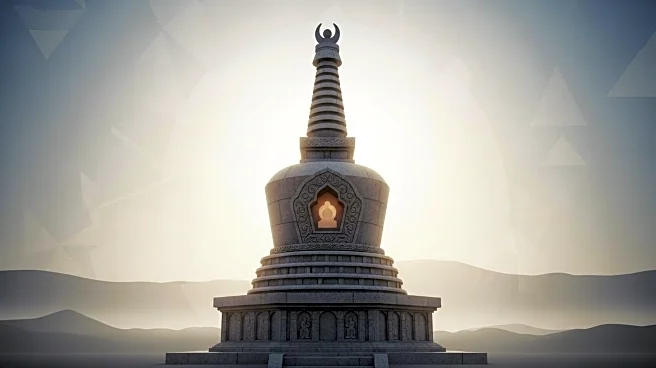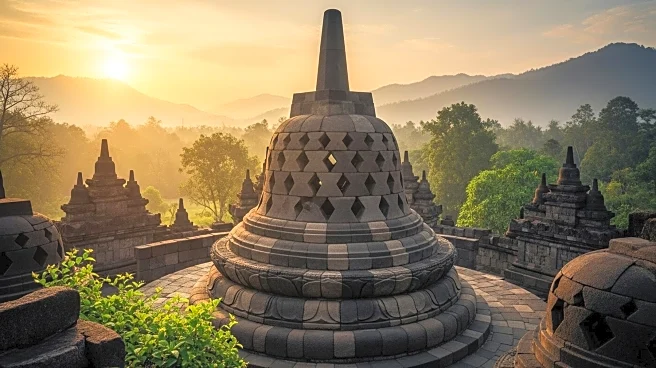Wat Arun, the Temple of Dawn, has a rich history that spans centuries, reflecting the cultural and architectural evolution of Thailand. Located in Bangkok, this Buddhist temple is renowned for its stunning design and historical significance. The timeline of Wat Arun's development offers insights into its origins, key phases, and present status as a cultural landmark.
Origins
The origins of Wat Arun date back to the Ayutthaya period (1351-1767), when it was initially known as Wat Makok. The temple's early construction laid the foundation for its architectural grandeur, characterized by its central prang and intricate designs. The temple's name, derived from the Hindu god Aruna, symbolizes the dawn and reflects its cultural significance in Thai society.
Key Phases
Wat Arun underwent significant changes during the reign of King Taksin the Great in 1768. Following the fall of Ayutthaya, King Taksin established Thonburi as the new capital and undertook the renovation of Wat Arun. This phase marked a turning point in the temple's history, as it was renamed Wat Chaeng and restored to its former glory. The renovation involved the use of colorful porcelain and intricate designs, enhancing the temple's aesthetic appeal and cultural symbolism.
Turning Points
A major turning point in Wat Arun's history occurred during the early 19th century when King Rama II and King Rama III further enhanced the temple's architectural features. The addition of decorative elements and the expansion of the temple complex solidified its status as a cultural landmark. These enhancements reflected the continued importance of Wat Arun in Thai society and its role in religious ceremonies and festivals.
Present Status in Source
Today, Wat Arun stands as one of Thailand's most iconic landmarks, attracting visitors from around the world. Its central prang is listed on the UNESCO World Heritage tentative list, highlighting its cultural and historical significance. The temple's present status as a popular tourist destination underscores its enduring appeal and relevance in both Thai and global contexts. Wat Arun's journey through time reflects the dynamic interplay of cultural preservation and architectural innovation.
 Discover Daily • 9 min read
Discover Daily • 9 min read 